Here’s how to tell if you're talking to a deepfake
This simple trick could save you from getting scammed.
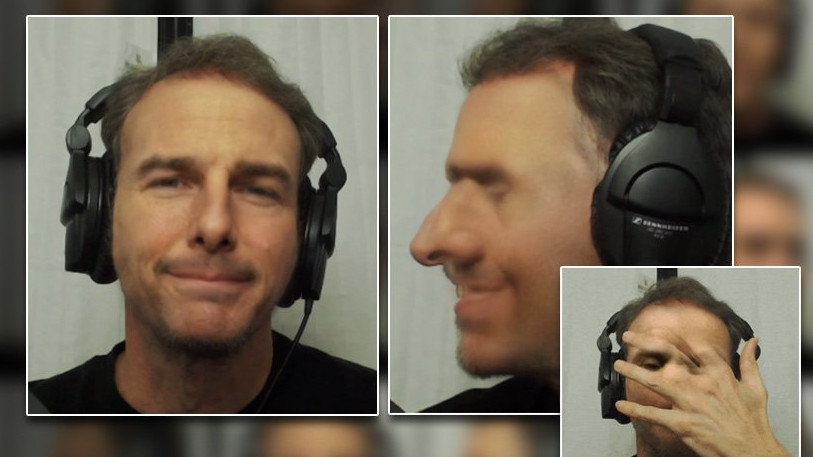
With deepfake technology getting better and better all the time, experts are becoming increasingly concerned about the possibilities it presents for criminal behaviour. From corporate espionage to scamming people out of their savings, there are all sorts of crimes that authorities fear could be perpetrated by people pretending to be someone else through deepfake videos.
So far, we’ve mostly seen deepfakes being used for such harmless amusing stuff as putting Harrison Ford into the forgettable 2018 prequel Solo: A Star Wars Story, or recasting Back to the Future to star Tom Holland and Robert Downey Jr. While this is all good fun, such projects raise the possibility that deepfake technology could be used for more nefarious purposes.
However, research published by metaphysic.ai has put forward a potential countermeasure. It suggests that if you suspect you're on a video call with an imposter, there’s a simple test that could give them away.
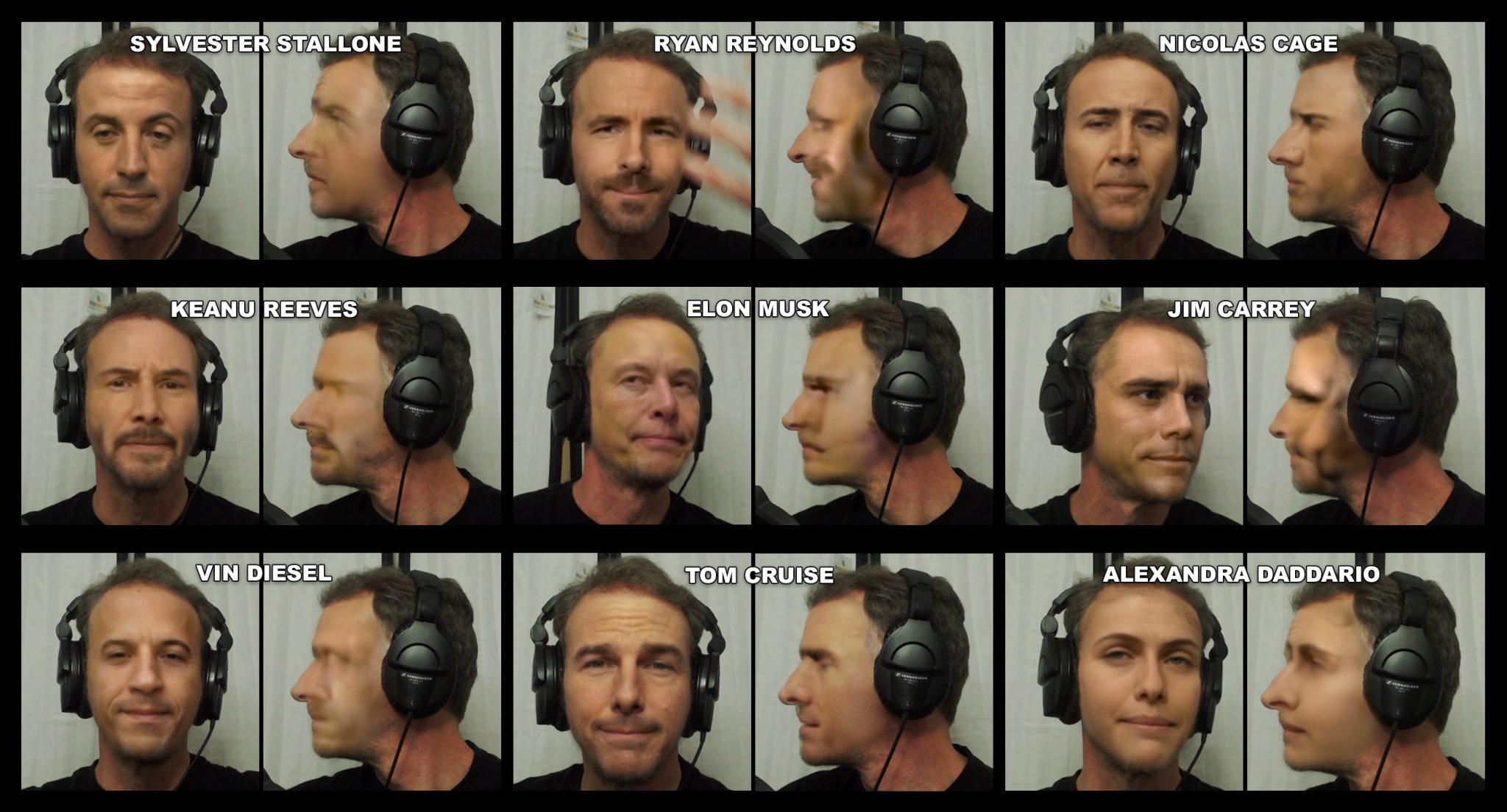
The trick is very simple: just ask the person you're talking with to turn to the side. Metaphysic.ai carried out a series of tests with tech guru Bob Doyle using deepfake technology to turn him into various famous people, including Ryan Reyolds, Keanu Reeves, Tom Cruise, and even Alexandra Daddario. Looking face on, all of the deepfakes looked pretty convincing. However, when Doyle was asked to turn 90° to the side to present a profile view, the fakery was immediately revealed.
Why did a profile view give the game away? According to metaphysic.ai’s research, there were two main reasons. First, the standard software that estimates facial poses in deepfake videos, known as a Facial Alignment Network, doesn’t do too well at acute angles. Indeed, most 2D-based facial alignment algorithms assign a lot more landmarks to the front of a face than they do to the side. As a result, when a subject turns to profile view, obscuring half of the front of their face, the algorithm has less of a canvas to work with.
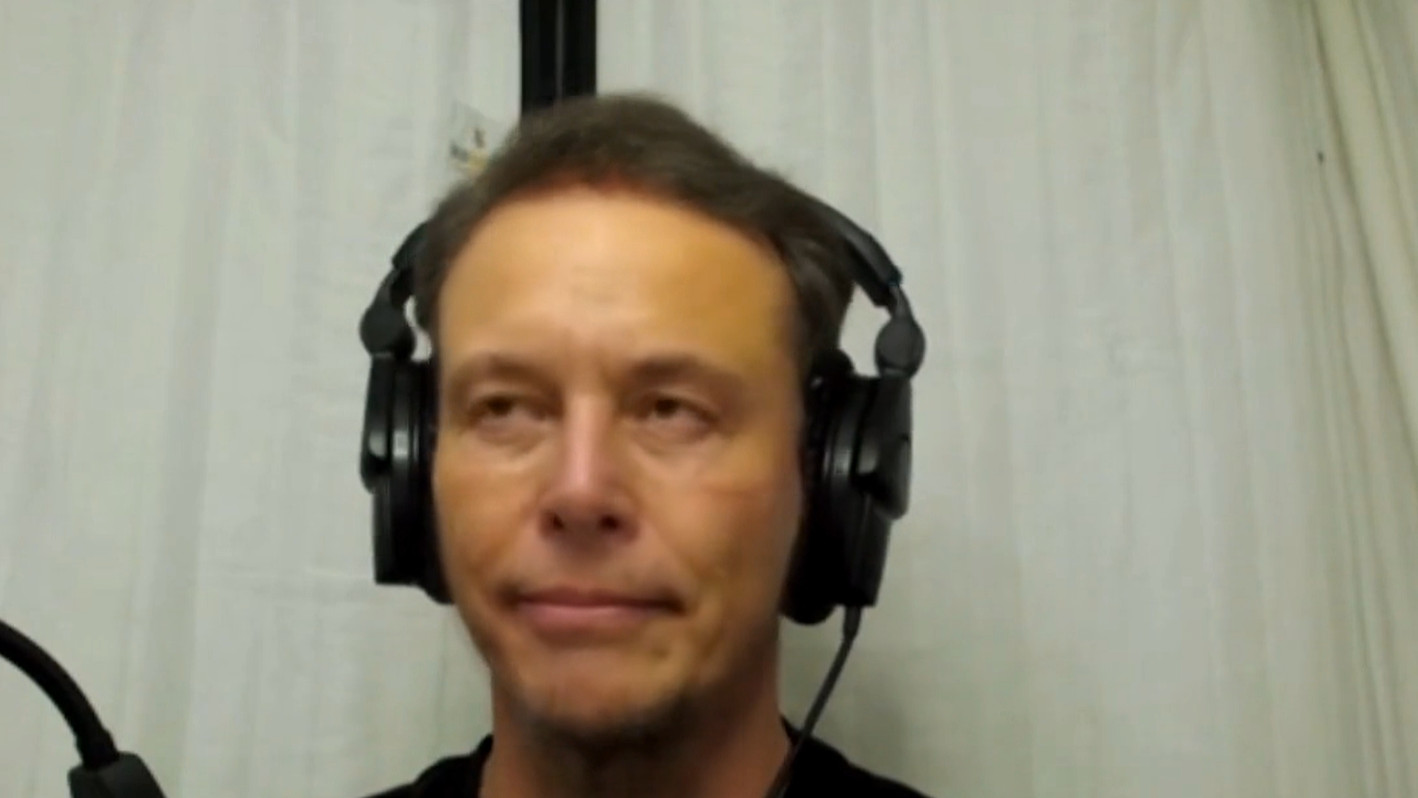
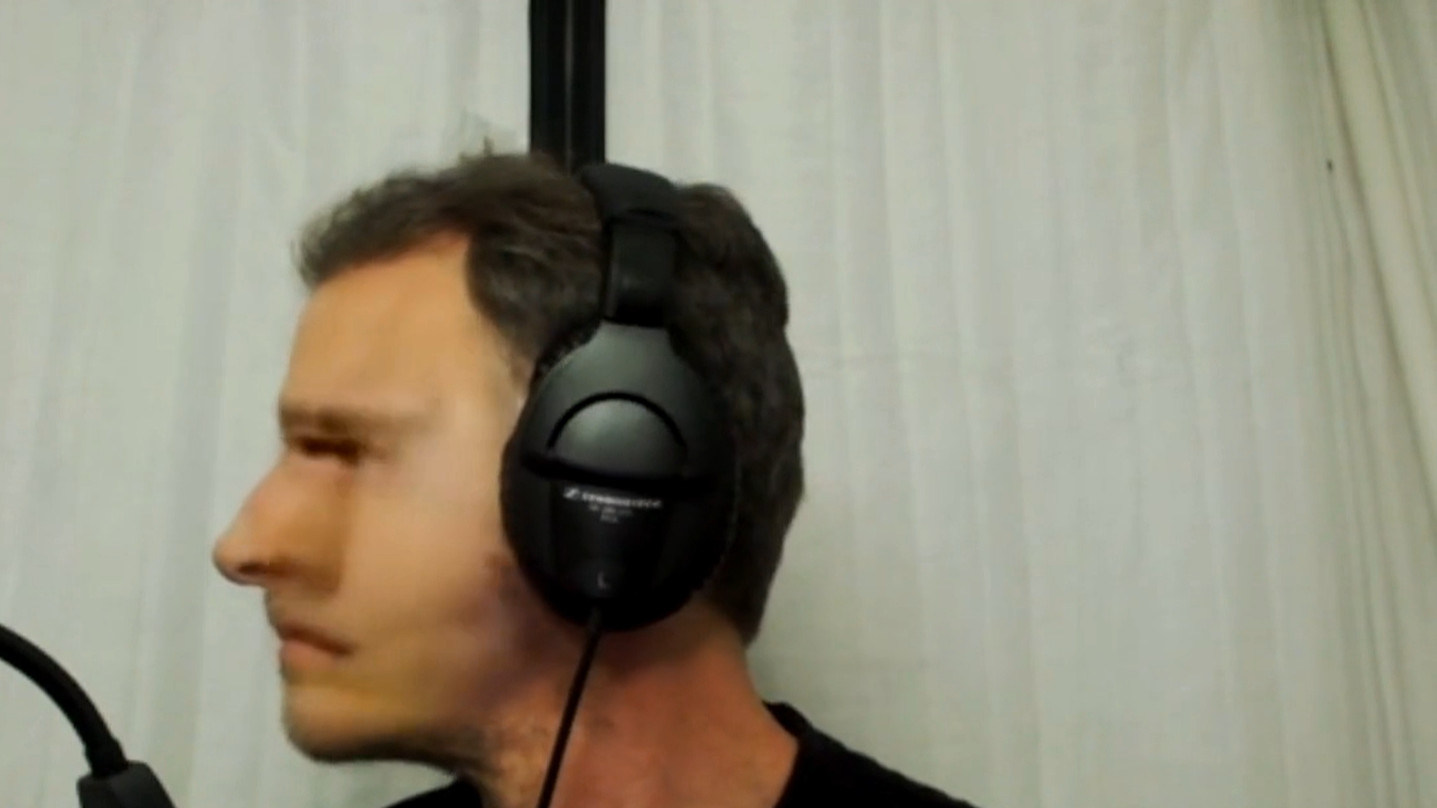
Secondly, there are simply far fewer profile images to work with. Even celebrities like Tom Cruise, who has been photographed and filmed from every conceivable angle, don’t tend to be seen in profile as much as they do face on. It’s an unflattering, uncharacteristic angle that people don’t use so much – how many photos of yourself do you have in profile view? Probably not many keepers. Photographers don’t tend to capture subjects in profile either, so the algorithms used to create deepfakes will have trouble drawing reference material from stock photography.
This means, ultimately, that when a person is presented in profile view, deepfake algorithms have less data to use, and a smaller, more limited canvas to use it on. The game is thus given away.
Get the Creative Bloq Newsletter
Daily design news, reviews, how-tos and more, as picked by the editors.
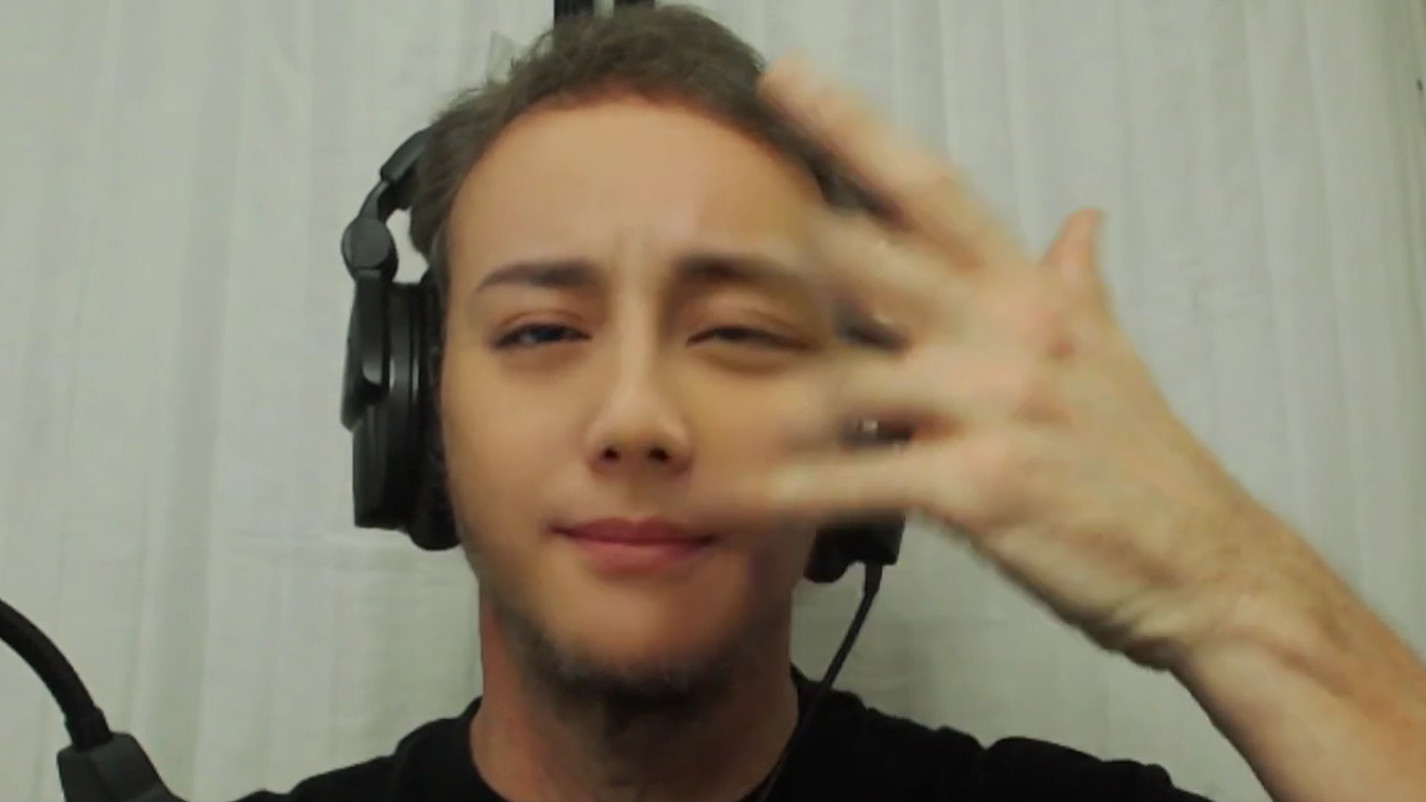
There's another trick too. The researchers also suggested that anyone suspecting a deepfake could ask the person to place a hand over their face. This will likely cause matte glitches that will reveal the fakery at work.
Deepfake technology will likely catch up and find ways around this, but then we expected technological ways to detect them will also emerge. For now, these seem to be some good tricks to have in your back pocket in case you ever get an uncanny feeling that the person your speaking to on a Zoom call isn't what they seem. In the meantime, don't miss our round-up of deepfake examples that terrified and amused the internet for more on the lighter side of deepfakes.
Read more:

Thank you for reading 5 articles this month* Join now for unlimited access
Enjoy your first month for just £1 / $1 / €1
*Read 5 free articles per month without a subscription

Join now for unlimited access
Try first month for just £1 / $1 / €1

Jon is a freelance writer and journalist who covers photography, art, technology, and the intersection of all three. When he's not scouting out news on the latest gadgets, he likes to play around with film cameras that were manufactured before he was born. To that end, he never goes anywhere without his Olympus XA2, loaded with a fresh roll of Kodak (Gold 200 is the best, since you asked). Jon is a regular contributor to Creative Bloq, and has also written for in Digital Camera World, Black + White Photography Magazine, Photomonitor, Outdoor Photography, Shortlist and probably a few others he's forgetting.
